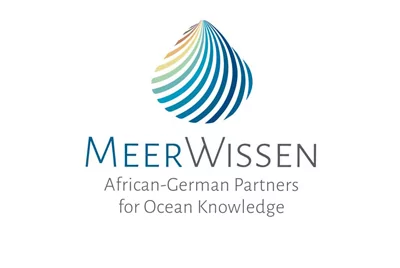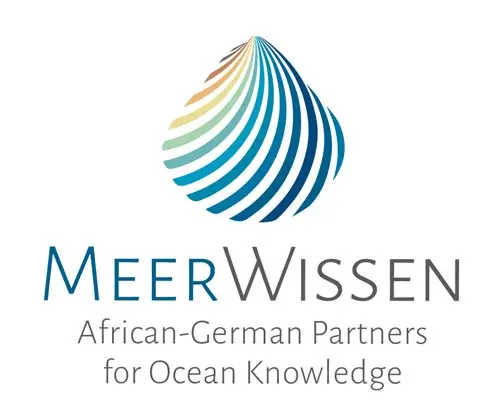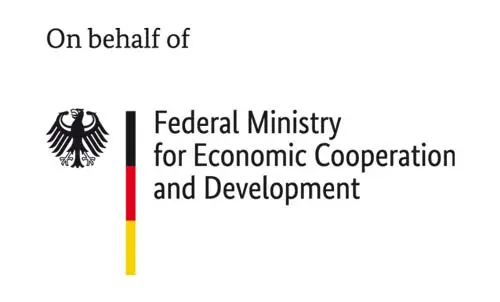A new model-based coastal retention index (CORE) identifies bays as hotspots of retention, biological production and cumulative anthropogenic pressures
Retention is a key driver of biological productivity near the coast since increased concentrations of planktonic particles in retention hotspots boost local primary production, availability of particulate food and larval recruitment. Known retention sites, such as bays, are also places where anthropogenic pressures accumulate in the form of pollution, harmful algal blooms, fisheries, aquaculture and port developments. In the face of these growing hazards, South African bays were recently declared ‘threatened’ priority sites for enhanced conservation and marine spatial planning (MSP). Multidisciplinary studies that spatially relate human impacts to physical features (such as retention patterns) and ecological processes (such as primary production) are valuable in this context. This study made use of a high resolution CROCO (Coastal and Regional Ocean Community Model) model along with the Parcels particle-tracking tool to develop a spatio-temporal coastal retention index (CORE) for the South African coastal ocean. To explore links between retention, biological productivity and anthropogenic impacts, a monthly time series of CORE (2001–2012) was evaluated in relation to satellite-derived coastal chlorophyll-a (Chl-a) and an index of cumulative human pressure. CORE showed variable temporal relationships with Chl-a among different subregions, however, when integrated over time, their spatial trends and peaks commonly aligned. This was most obvious on the south coast, where retention, Chl-a and human pressures peaked in the majority of bays that characterise this region. In the case of St Helena Bay on the west coast, CORE failed to represent a prominent retentive feature associated with upwelling, due to rapid alongshore advection of particles outside the 25-km retention radius of CORE. Despite this limitation, CORE provided profound insight into the variability of the coastal circulation around South Africa and its coupling with other socio-ecological variables. By contributing a novel data layer for MSP, CORE assists the integrated coastal management of bay ecosystems that face the hazards of multiple destructive uses.



